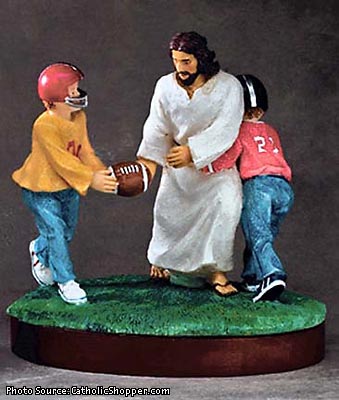clipped from The Guardian UK
Pictures and power
Whoever controls images has great social influence. Did the camera damage the church’s popularity?
David Hockney
The Guardian
Michael Curtis, one of the founders of Hollywood and director of Casablanca and many swashbuckling Erroll Flynn movies, tells a story about seeing his first bit of cinema in about 1908, in the Cafe New York in Budapest. He recalls what fascinated him: it wasn’t the film itself but the fact that everybody watched it. He realised not everyone goes to the theatre, not everyone goes to the opera, but the cinema will attract the masses. By 1920 he was in Hollywood – which was the sticks then, compared with Budapest – but California had the money, the light, and the technology. He was right.

Now let’s go back 350 years, to Neopolitan scholar Giambattista Della Porta, who published a book, Natural Magick, about optical projections of nature. He was a renaissance man: scientist, playwright and showman. He put on shows using optical projections (simple to do) and was hauled before the Inquisition by the church.
The church at that time was the sole purveyor of pictures. It knew the power of images, and Della Porta would have noticed, like Michael Curtis, how people were attracted to that optical projection. They still are.
The church had social control. Whoever controlled the images had power. And they still do. Social control followed the lens and mirror for most of the 20th century. What’s now known as the media exert social control, not the church, but we are moving into a new era, because the making and distribution of images is changing. Anyone can make and distribute images on a mobile phone. The equipment is everywhere.
We do not have debates about images. The world of art is separate from the world of images, but the power is with images, not art. An obvious problem is seen. The world of images claims a relationship to visual reality – television and cinema – but this claim cannot now be sustained. We will get more confused if we don’t think about them.
For instance, the NHS published an image of a boy (it could have been a girl) with a fish hook in his mouth. “Don’t get hooked,” it said, for the anti-smoking campaign. There were protests at the disturbing image, which had been seen on television and bus stops. It had to be withdrawn.
The image looked like a photograph, and by that I mean the idea that an event took place in front of a camera at a particular time and place. If this had been true, the photographer should have been prosecuted – depicting cruelty to another human being is against the law in Britain under the Obscene Publications Act, obviously meaning there is a difference between painting and photography because paintings of the crucifixion are “allowed”.
No one was prosecuted. Why? Because no one believed the event actually happened. It was made with an application such as Photoshop. People are now prosecuted for owning images. How do we know they have anything to do with reality?
Parliament will discuss depiction, but not art. We are in a confusing time. The decline of religion in Europe is seen as part of the “scientific” revolution. I have begun to doubt this now; it is quite likely that it’s to do with images. The decline of the church parallels the mass manufacture of cameras. They are deeply connected. I noticed on a recent tour of Italy that not many Italians went in the churches to see pictures. They see them at home, not made by Botticelli but by Berlusconi. Think about it.
· David Hockney this week donated his largest work, Bigger Trees Near Water, to the Tate; it will hang at Tate Britain
